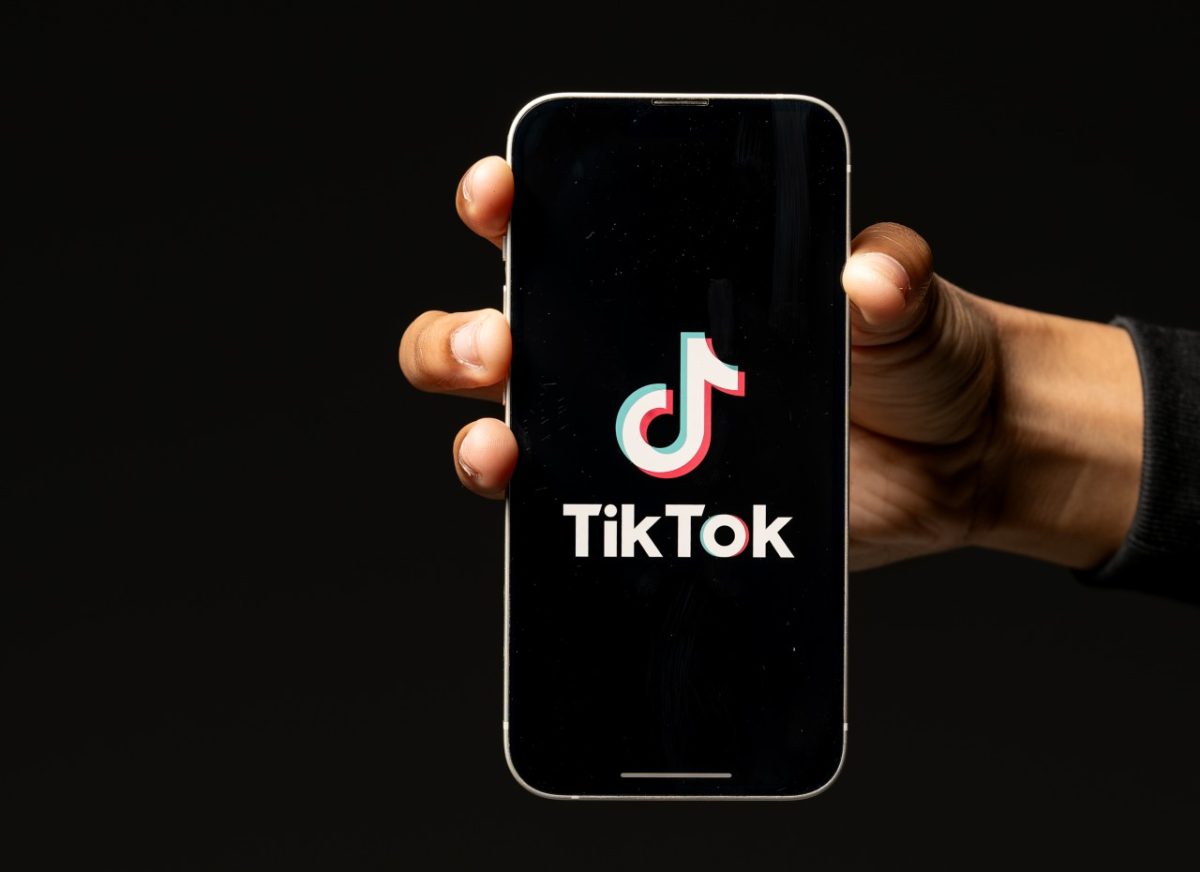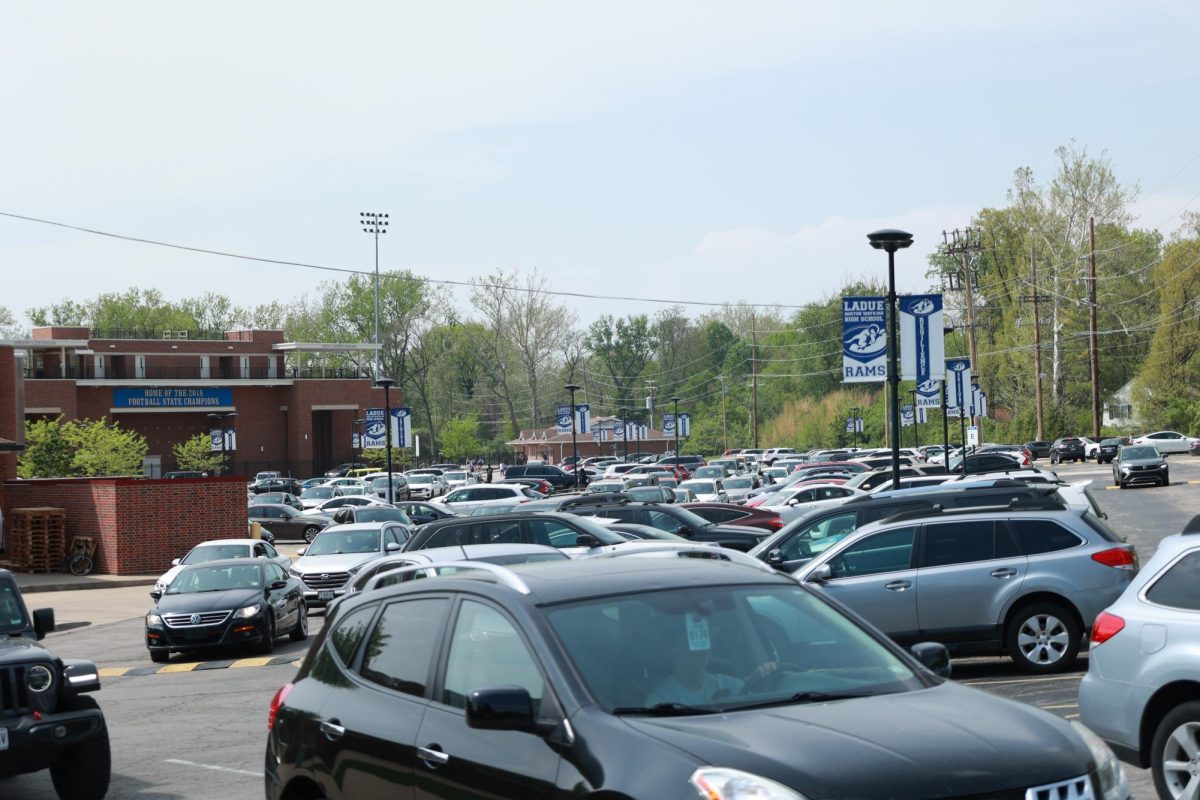“Read this if you want to be sad,” practically every single news headline seems to say. It’s inescapable, the never-ending cascade of negativity flooding your social media feed, dominating your television screen, infiltrating the morning radio and invading your inbox. It’s even here. Right here, right now, you’re reading it.
As a burgeoning student journalist and opinions columnist, I present my case not just as a victim but an instigator. The prevailing image of journalists has been one of perpetual melancholy, and the stories we write often corroborate this. But make no mistake, we aren’t a hauntingly morose group nor do we strive to depress our readers.
In truth, negativity drives online news consumption. In a comprehensive study encompassing a data set of articles with 105,000 headlines and 370 million impressions, or when readers would interact with those headlines, researchers from Upworthy made a chilling revelation: Each negative word increased the click-through rate of a headline by 2.3 percent.
This comes at no shock; we’ve always been particularly drawn towards the negative. It’s why we’re so swept up over the latest snippets of celebrity drama or the misfortunes of others. The Germans even have a word for this: “schadenfreude,” or “malicious joy,” when one revels in the misfortune of another. However, that may not be the entire part of the negativity equation. We aren’t always overjoyed at exceedingly negative news, but it does elicit a stronger physiological response, triggering us to click that link or flip to that page.
This then begs a fundamental question: why are we so drawn to negativity? Well, it’s largely due to what psychologists call the “Negativity Bias.” The Negativity Bias is the tendency for negative information and experiences to take precedence over positive ones, increasing engagement with negative media.
Negativity Bias casts its shadow on the other side of the news cycle as well. Journalists may feel more inclined to cover negative news knowing that it will garner more click-throughs. Readers are then caught in a double bind, desiring more positive reporting while being subconsciously attracted towards the plethora of negative stories being created.
The result isn’t ideal. Negative news rarely elicits an active or positive response from its viewers, only serving to incite anger and burn energy on issues we aren’t always able to change. It can also drive individuals away from watching or reading on current events, decreasing media literacy. An international survey conducted by Oxford’s Reuters Institute for the Study of Journalism unveiled that across a survey of numerous countries, there seemed to be a greatly reduced level of news engagement and trust in the media as a result of its depressing impact on one’s mood.
As consumers, there are many ways to manage the media we engage with. Through choosing to delve into news centered around topics of interest and being mindful of what and when we consume media, we can stay up to date with current events while avoiding treacherous doom-scrolling. We must shift our focus away from menacing numbers or tragic headlines and instead embrace authentic stories, whether it be a genuinely uplifting article or merely a recount of everyday inspirations.








